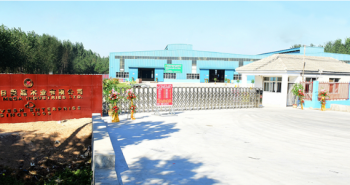Prefinished White Birch Plywood comes in 4′ x 8′ Sheets available in 1/4 inch and 3/4 inch thickness. Prefinished White Birch Plywood has color that tends to be light reddish brown with nearly white sapwood. There is virtually no color distinction between annual growth rings, giving Birch a somewhat dull, uniform appearance.
UV Coated Prefinished White Birch Plywood
Prefinished White Birch Plywood Stock
| Face | Backing | Core | Sides | |
| 1/4 in | UV | Veneer | 1 | |
| 1/2 in | UV | Veneer | 1 | |
| 1/2 in | UV | UV | Veneer | 2 |
| 3/4 in | UV | Veneer | 1 | |
| 3/4 in | UV | UV | Veneer | 2 |
Need a Special Order!
AA-Grade Face
Highest quality veneer you can specify in any particular species. The veneer will be smooth, tight cut, and full length and free of any visible defects or abnormalities.
A-Grade Face
An “A” face on hardwood plywood should be matched for both grain and color. All veneer splices should be book-matched for a visually pleasing appearance. There should not be any abrupt changes in color or grain between the splices. An “A” face will not permit sound knots, repaired knots or rough-cut veneer. An A face may allow slight mineral streak and/or vine marks. The number of defects such as pin knots or small burls varies according to the specie of veneer. This is the best face grade on plywood normally stocked and is often used for upper-end cabinetry, architectural millwork, and quality furniture.
B-Grade Face
A “B” face on hardwood plywood should be matched for a pleasing color, but not necessarily for grain. “B” grade faces are generally very similar to “A” faces, but do allow some sound or repaired knots and some slight rough cut veneer. “B” grade faces will also allow slight mineral streak and vine marks.
C-Grade Face
A “C” face on hardwood plywood allows for unlimited pin knots and small burls. A “C” face can also contain repaired knots and sound knots. The “C” grade will also allow unlimited mineral and vine marks. A “C” face should be a sound smooth face. A “C” face is used primarily on paint grade type panels, in lower-end case work, and for cabinet interiors in upper-end cabinetry.

